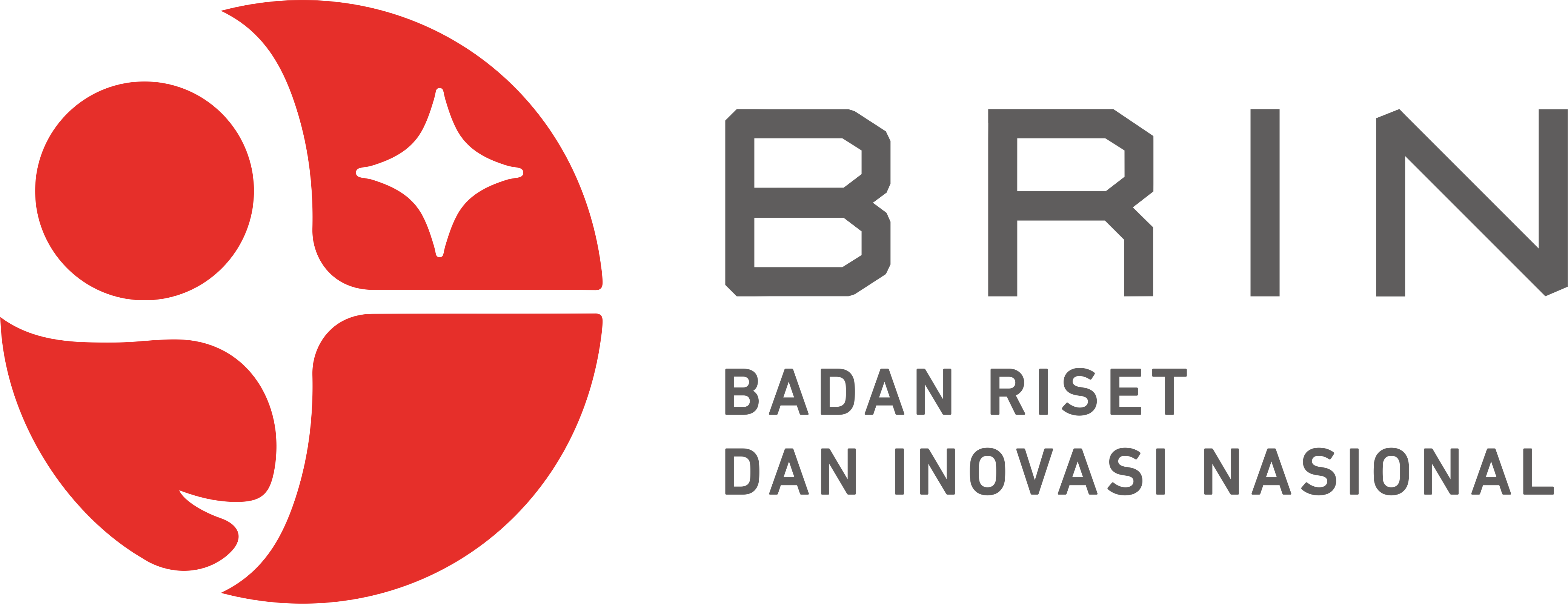PENGGUNAAN METODE DIFFERENTIAL REINFORCEMENT OF ALTERNATIVE BEHAVIOR DALAM MENURUNKAN PERILAKU AGRESIF PADA ANAK TUNAGRAHITA DI SLB BINA INSANI
Keywords:
Children with intellectual disabilities, Differential Reinforcement of Alternative Behavior (DRA) method, behavior modification, aggressive behaviorAbstract
This study aims to determine the effect of using the differential reinforcement of alternative behavior method in reducing aggressive behavior in first-grade students with intellectual disabilities at SLB Bina Insani Purwakarta. This research employs a quantitative approach using the Single Subject Research (SSR) experimental method with an A – B – A design, consisting of a baseline phase 1 (A1) of 8 sessions, an intervention phase (B) of 16 sessions, and a baseline phase 2 (A2) of 8 sessions, each session lasting 30 minutes. The subject of this research is one student with intellectual disabilities in first grade at SLB Bina Insani Purwakarta. The targeted behavior in this study is to reduce aggressive hitting behavior in the subject. Data collection was conducted through observation and documentation methods. The obtained data were analyzed using descriptive statistics presented in tables and graphs. Based on the results of the study, the use of the differential reinforcement of alternative behavior method can reduce aggressive hitting behavior in children with intellectual disabilities. The rate obtained during the baseline phase 1 (A1) was 0.23 times/minute, during the intervention phase (B) it was 0.10 times/minute, and during the baseline phase 2 (A2) it was 0.06 times/minute. Based on this data, it can be concluded that the use of the differential reinforcement of alternative behavior method can reduce aggressive behavior in children with intellectual disabilities at SLB Bina Insani Purwakarta.
Downloads
References
Asri, D. N., & Suharni. (2021). Modifikasi Perilaku : Teori Dan Penerapannya (D. Apriandi (Ed.); Pertama). Unipma Press (Anggota Ikapi)
Daulay, N. (2021). Perilaku Maladaptive Anak Dan Pengukurannya. Buletin Psikologi, 29(1), 45. Https://Doi.Org/10.22146/Buletinpsikologi.50581
Indrawati, E. S., Qonitatin, N., Kustanti, E. R., & Masykur, A. M. (2017). Buku Ajar Psikologi Sosial. Psikosain
Martin, G., & Pear, J. (2015). Modifikasi Perilaku Makna Dan Penerapannya. Pustaka Pelajar.
Mukarromah, T. T. (2021). Modifikasi Perilaku Pada Anak Usia 0-8 Tahun Dengan Gangguan Perilaku Makan (Pica Disorder) Karena Kelalaian Orang Tua: Studi Literatur. Jurnal Ilmiah Ptk Pnf, 16(2), 96–108
Mustika, R. S. (2018). Studi Kasus Perilaku Agresif Pada Tunagrahita Ringan Di Slb Negeri Pembina Yogyakarta. Jurnal Widia Ortodidaktika, 7(6), 554–567. Http://Journal.Student.Uny.Ac.Id/Ojs/Index.Php/Plb/Article/View /12269
Praptiningrum, N. (2007). Perilaku Adaptif Anak Tunagrahita Ringan. In Jurnal Pendidikan Khusus (Vol. 3, Issue 1, Pp. 29–40)
Purwanta, E. (2012). Buku Modifikasi Perilaku (Isbn 978-602-229-151-0).Pdf.
Ratu Balqis, R. (2021). Faktor-Faktor Yang Mempengaruhi Perilaku Adaptif Anak Usia Dini. Auladuna : Jurnal Prodi Pendidikan Guru Madrasah Ibtidaiyah, 3(1), 85–90. Https://Doi.Org/10.36835/Au.V3i1.511
Sabani, F. (2019). Perkembangan Anak-Anak Selama Masa Sekolah Dasar. 8(2), 89–100. Wulandari, M., Safrizal, & Husnani. (2023). Faktor Penyebab Siswa Berperilaku Negatif Di
Sekolah Dasar. 6, 1–12.







